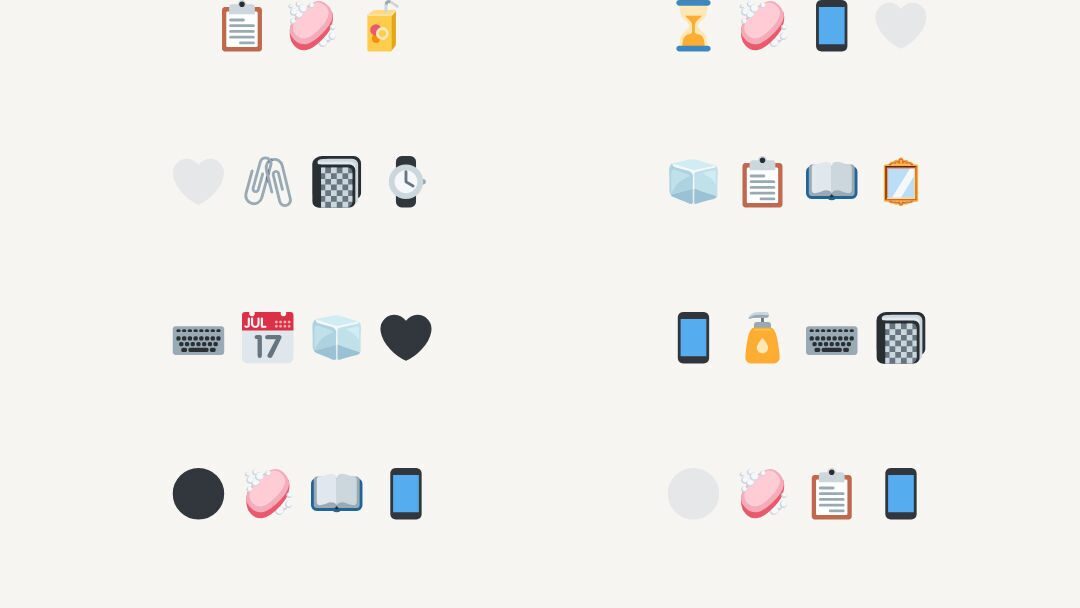Why those tiny symbols, emojis might just be the most human thing about our screens
The Flick of a Thumb: The Wink of a Heart
Before you read another word, think about this: a single red heart emoji ❤️ can mean I love you, I care, I’m here for you, or That’s perfect. No punctuation. No syntax. Just one tap. That’s the power of emojis; digital gestures that speak louder than words. In a world ruled by screens, emojis have become the new facial expressions. The new shoulder shrugs. The new warm hug or sarcastic eye-roll. They are not decoration; they are communication.
From Cave Walls to Keyboards: A History of Visual Expression
Our ancestors painted stories on rocks. They didn’t have alphabets. They had symbols. Emojis are not that different. They sit at the intersection of language and gesture, conveying tone, emotion, and intent. Just as a raised eyebrow in conversation signals doubt, a 🤨 can soften a blunt message. Modern communication, especially in texts and social media, lacks voice tone and facial cues. Emojis bridge that gap, filling silence with signal.
The Language of Feeling: Replacing Words, Enhancing Meaning
Let’s say you text your friend:
“I’m fine.”
Now add an emoji:
“I’m fine 😅” or “I’m fine 😒”
The entire meaning flips.

Emojis operate like emotional punctuation. They don’t just replace words; they reshape meaning. In linguistics, these are called paralinguistic cues; the little things that frame how a message is interpreted.
Students who feel awkward expressing vulnerability often find courage in a single emoji. Parents who want to keep conversations warm in busy schedules use them as shortcuts to love. And professionals? Even they drop the occasional 👍 or 👏 in Slack channels. Why? Because words without warmth feel robotic. Emojis humanize.
Digital Storytelling with Symbols: Building Tone, Voice, and Plot
Great stories use more than just plot—they evoke emotion, set mood, and build pace. In digital storytelling—be it an Instagram caption or a brand message—emojis serve the same functions:
- Character Voice: A cheerful influencer might end every post with 🌈✨💛. A minimalist brand uses 🎯, 🚀, or 🔒. Emojis establish tone.
- Pacing: Emojis offer visual breaks, controlling rhythm. Long captions feel lighter when emojis punctuate them.
- Emotional Arcs: Just as a tragic movie ends with a soft piano note, a tweet can close with a 🖤 to leave readers lingering in thought.
Misunderstood or Misused? The Cultural Layer
But emojis are not universal. A 🙏 means “thank you” in India but is interpreted as “high five” elsewhere. The 😂 emoji, Oxford’s 2015 Word of the Year, may feel outdated to Gen Z, who prefer 💀 (“I’m dead” = “That’s hilarious”). Language evolves—and so do emoji dialects.
Digital literacy includes knowing what not to use, when to use it, and who you’re using it with.

The Realest Language May Be Imaginary
Emojis are not grammar-bound. They aren’t listed in a thesaurus. They can’t be conjugated. But they pulse with meaning. They respond to a human need; to be understood, quickly and warmly. I once ended a tense conversation with a simple 🍵; a tiny olive branch, an offering of peace. My friend replied with 🫶. We said nothing. We said everything.
Not Just Cute – Crucial
In the realm of digital communication, emojis are not fluff. They are fluid, fast, and full of feeling. They gesture through glass, making flat messages come alive. So next time you wonder if an emoji is necessary; pause. Because sometimes, a single emoji can tell a better story than a hundred perfectly chosen words.
More on literature
Subscribe to our email newsletter to get the latest posts delivered right to your email.

Comments